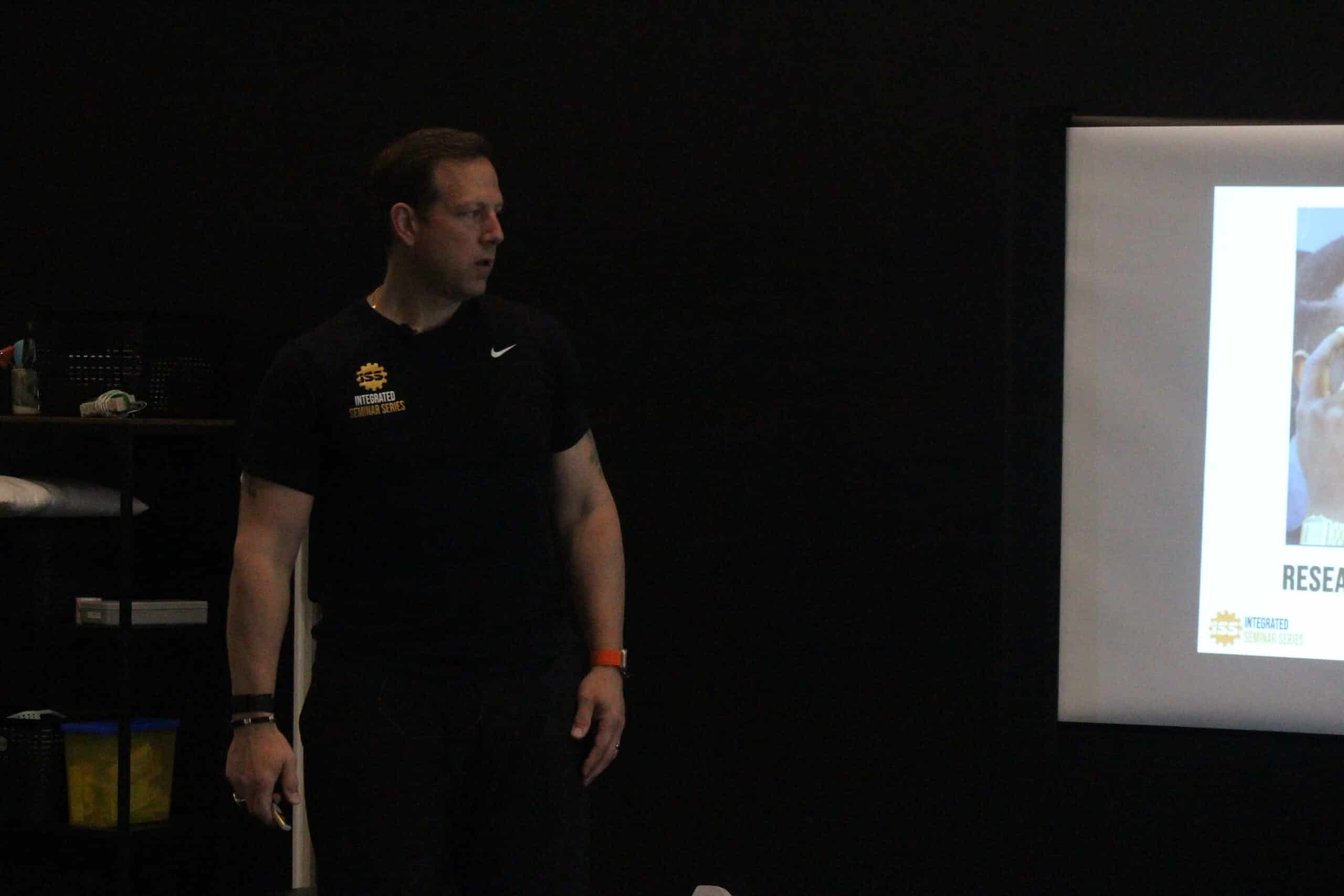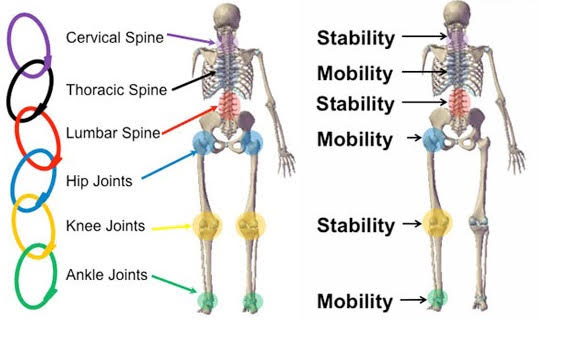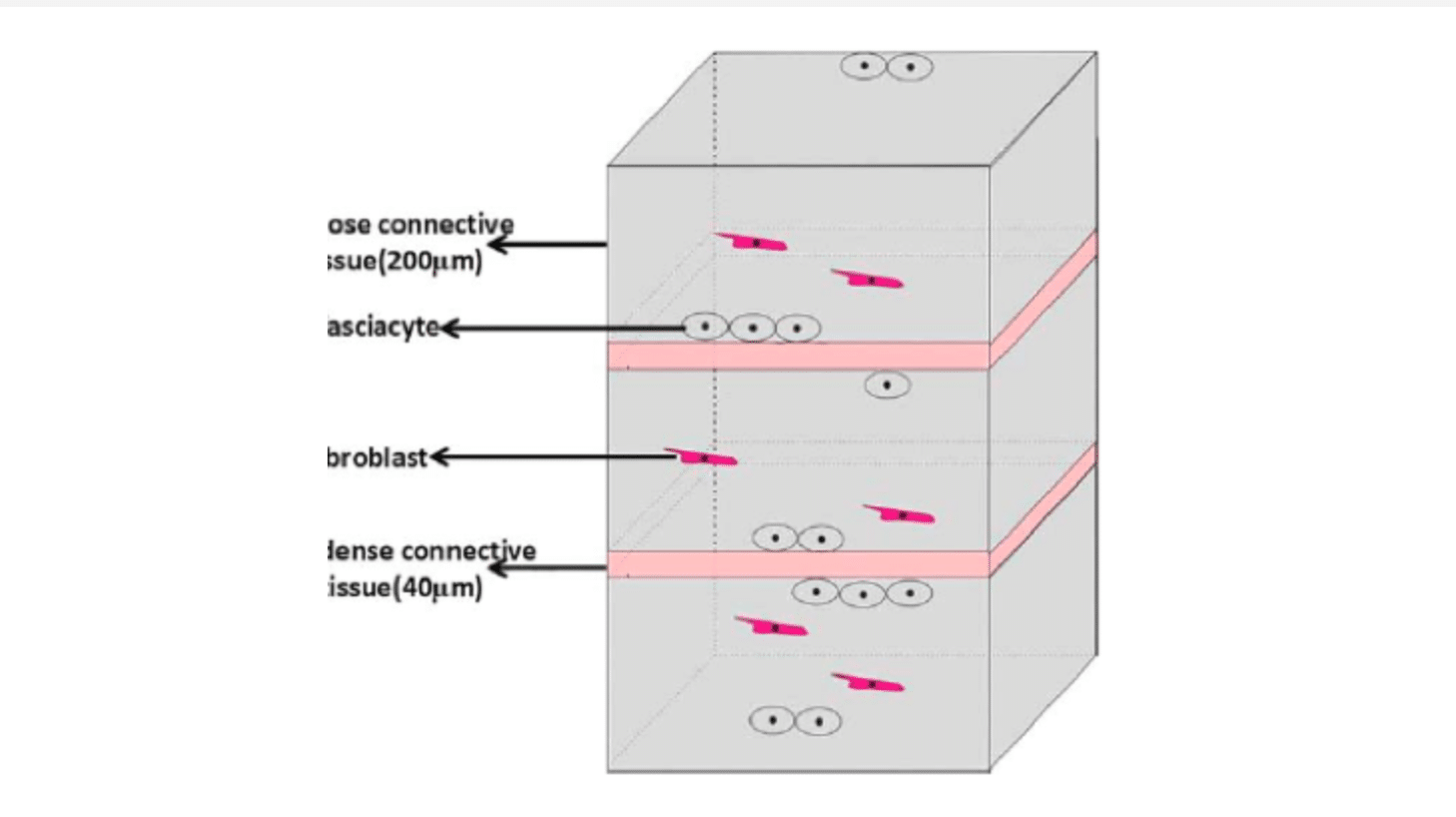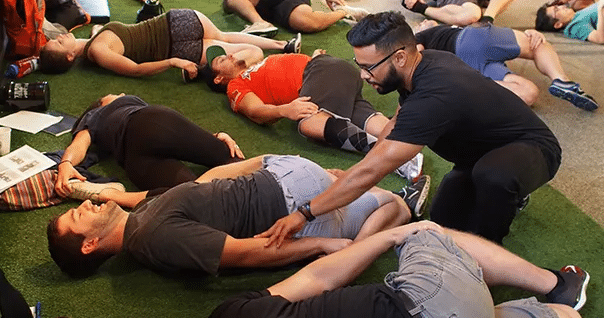The past few decades have seen the growth in popularity of soft tissue techniques aimed at varying levels of specificity and manual skill. As trends come into sharper relief and science progresses, our verbiage and intent has shifted and now we speak more of the neurophysiological effects of mechanotherapy and providing afferent input versus the concept of removing adhesions. The future may well have us revisit this concept as our ability to study certain elements progresses, but our requirement as therapists is to use the current bank of scientific data and extrapolate where possible in an attempt to effectively manage our patients.
One such trend is the use of local vibration in managing connective tissue injuries. What does the science of the day tell us?
Though neck muscle vibration results in sensorimotor impairments in healthy subjects, it improves performance in subjects with neck pain. Recently, increased cervical joint position sense acuity, improved dynamic postural control, and increased pressure pain thresholds of neck muscles were demonstrated in neck pain patients when measured immediately after a single session of neck muscle vibration as per Beinert et al in European Journal of Physical Medicine and Rehabilitative Medicine 2015. Pettorossi and Schieppati in Human Neuroscience 2014 found neck muscle vibration to be a powerful proprioceptive stimulation, while Taylor and McCloskey in Brain 1991 and Biguer et al in Brain 1988 noted positive changes in subjective straight ahead perception. Beinert et al in Spine 2015 found a positive effect on cervical joint position sense, and Kavounoudias et al in Experimental Brain Research 1999 noted better balance in healthy subjects.
A study by Lau and Nosaka in the American Journal of Physical Medicine and Rehabilitation August 2011 had 15 young men perform ten sets of six maximal eccentric contractions of the elbow flexors with the right arm for one occasion and the left arm for the other occasion, separated by 4 wks. One arm received a 30-min vibration treatment at 30 mins after and 1, 2, 3, and 4 days after the exercise (treatment group), and the other arm did not receive any treatment (control group). The authors noted that compared with the control group, the treatment group showed significantly less development and faster reduction in delayed-onset muscle soreness at 2 to 5 days after exercise. The recovery of range of motion was significantly faster for the treatment than for the control group. Immediately after the vibration treatment, a significant decrease in the magnitude of delayed-onset muscle soreness and muscle strength and an increase in pressure pain threshold and range of motion were found.
In the European Journal of Physiology March 2017, Cochrane tried to assess whether direct vibration applied to the biceps brachii following eccentric exercise was capable of improving indirect markers of muscle soreness through changes in neuromuscular responses. Direct vibration therapy reduced muscle soreness and creatine kinase activity, and increased ROM.
For those of you who enjoy a good chart, see the results below for a graphical representation of this information:

Brass tacks – what is the sum total of information on the acute effects of local vibration therapy?
• Muscle and tendon responses: Several authors have published on increased muscle strength and decreased muscle tonus following vibration therapy, including Constantino et al in 2017 and Katusic et al in 2011.
• Neurophysiological responses: Passive muscle vibration causes a reflex contraction, also known as the tonic vibration reflex. After termination of single muscle vibration, the H-reflex continues to be reduced for some minutes. Muscle spindles seem to be less responsive after vibration termination. Exposure to vibration exercise is acutely followed by reflex enhancement, the exact details and mechanisms of this enhancement are yet undetermined. In addition, positive changes in proprioception have been noted by several authors when applied to the cervical spine.
• Pain Perception responses: Vibration can be used to reduce the perception of pain. Passive vibration has reduced pain in 70% of patients with acute and chronic musculoskeletal pain and passive 80 Hz vibration has been shown to reduce pain caused by muscle pressure. More recent evidence suggests that pain perception in DOMS depends partly on fast myelinated afferent fibres, which are distinct from those that convey most other types of pain.
In short, there appears to be a significant amount of data to support the use of vibration therapy for myofascial injuries. We have been experimenting with vibration therapy applied to our Neurodensification Points and the results have been fantastic. At the end of the day, it is great to have another afferent input to apply to your patients.





